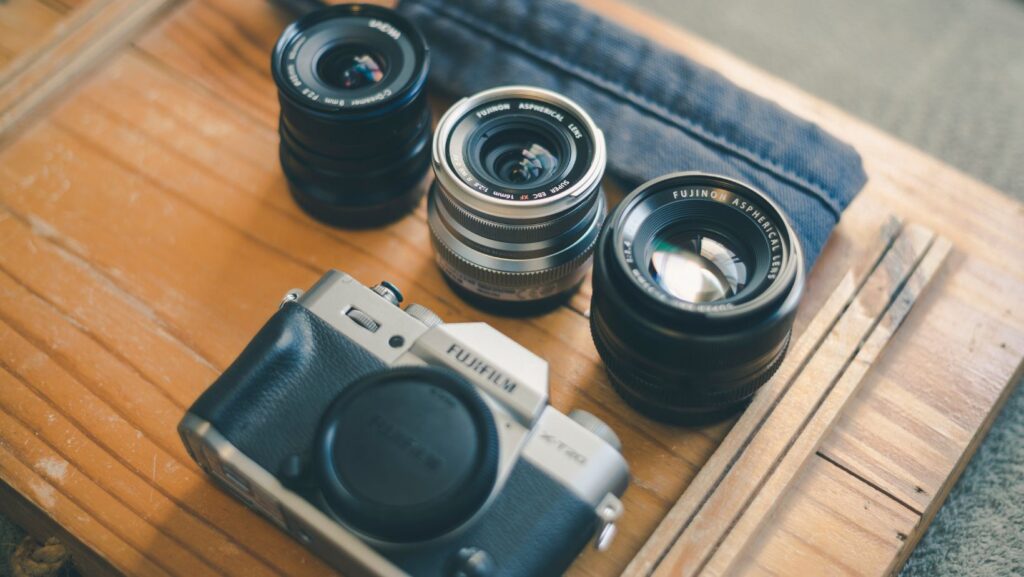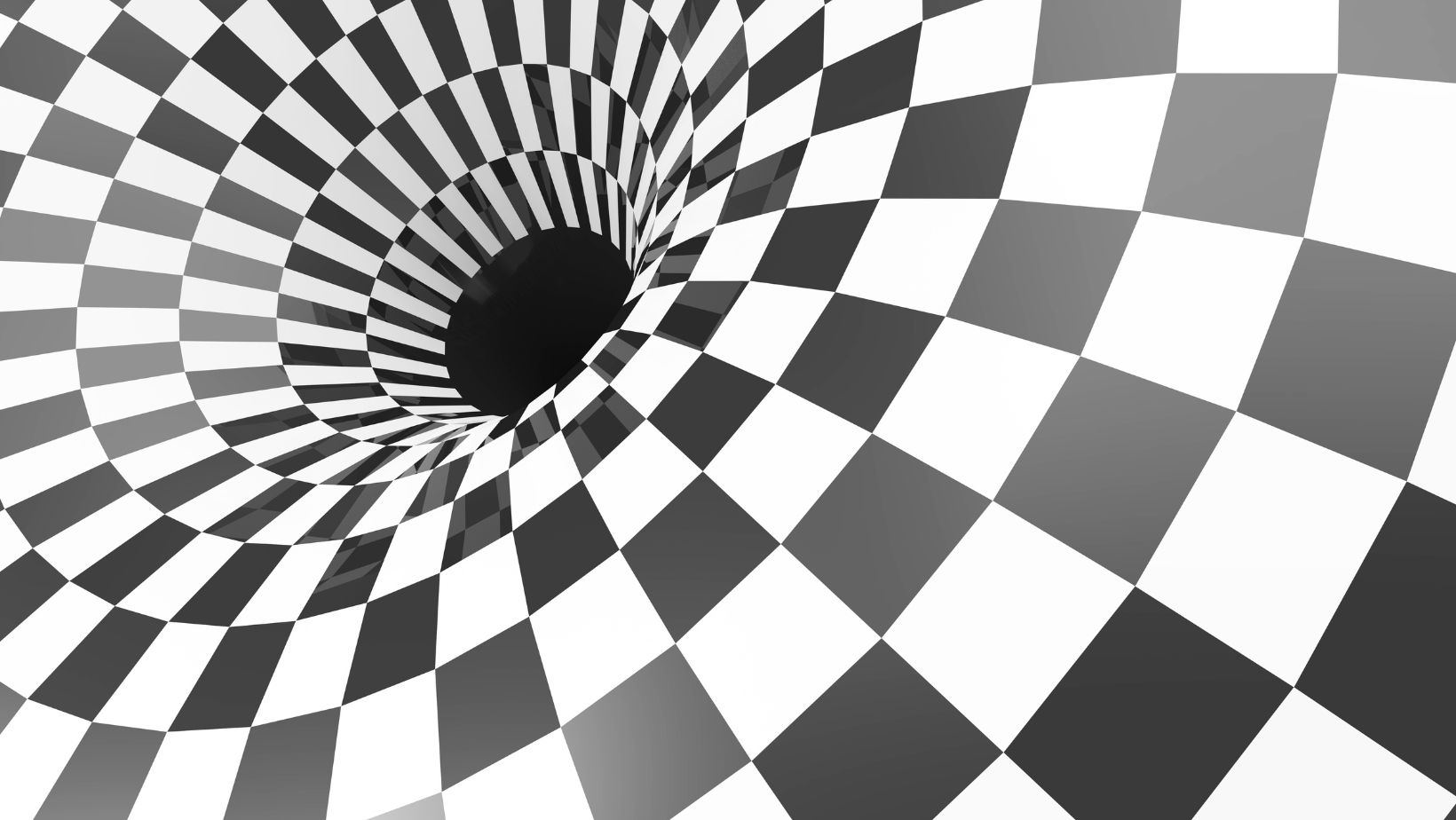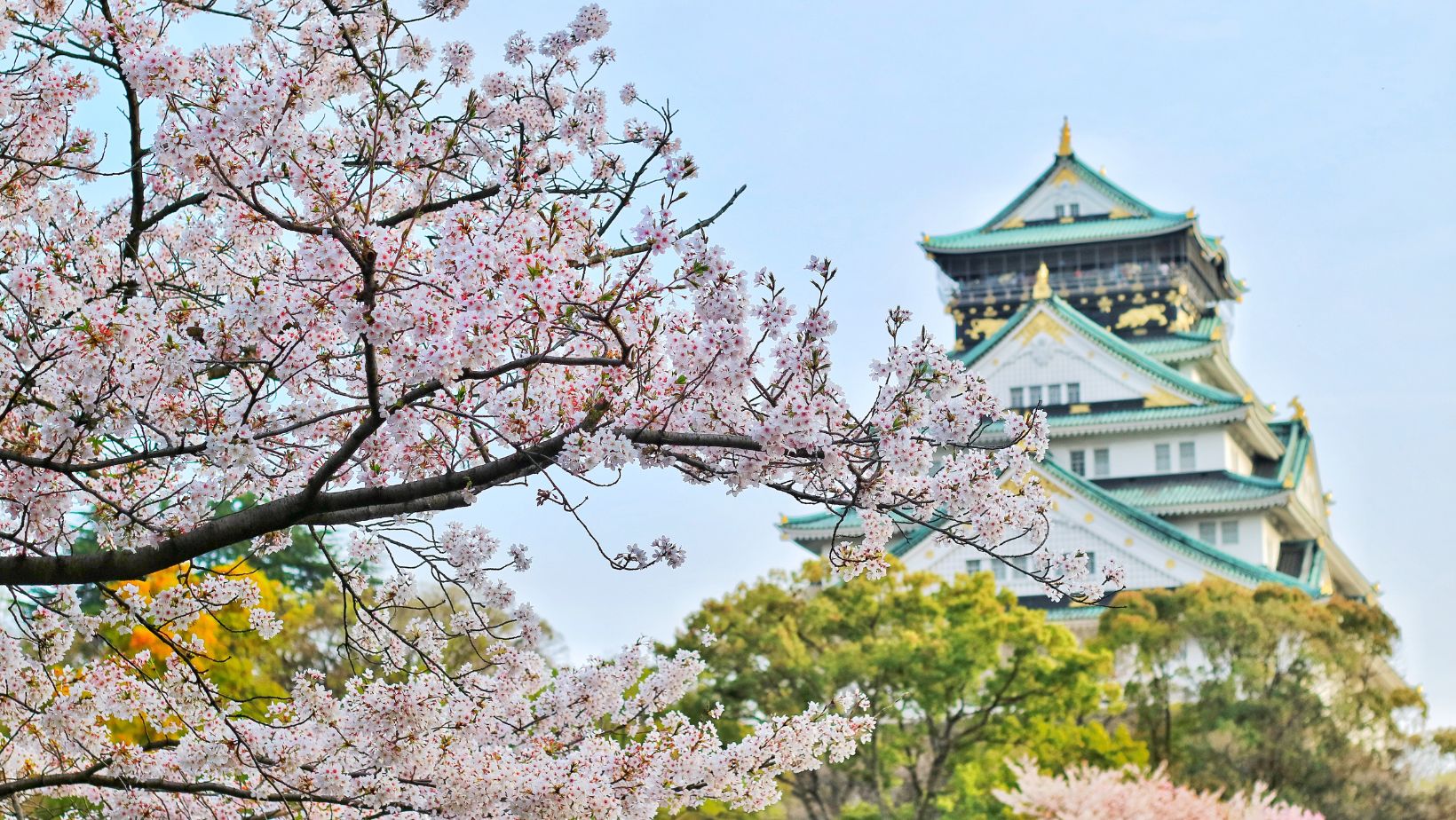Modern photography often emphasizes the latest and greatest gear. But there’s a growing interest in vintage lenses. These older lenses bring something unique to today’s digital cameras. ‘”The old is gold” is a phrase that rings true in almost every industry. How people used to bet in the ’70s still influences how people bet today.
What Are Vintage Lenses?
Vintage lenses are mostly made for film cameras. They were built before autofocus became standard. These lenses often require manual focus and adjustments.
Brands like Zeiss, Leica, Canon FD, and Minolta are popular among collectors. Many were built with metal bodies, giving them durability and a premium feel. Photographers love them for their unique character. They have imperfections that modern lenses smooth out.
Why Use Vintage Lenses on Modern Cameras?
Using old lenses with digital cameras opens up new creative ideas. Modern lenses are clear, quick, and dependable. But they can sometimes feel too perfect. Vintage lenses bring quirks like soft edges or unique color rendering. These flaws can make photos look timeless and artistic.
Aesthetic Appeal: The Unique Look of Vintage Lenses
Each vintage lens is different and has its own style. Some produce dreamy, soft-focus backgrounds. Others add flares or halos that create a cinematic feel. Many older lenses also have distinct color tones, often warmer or more natural than modern glass.
These characteristics make photos stand out. They add a unique look that software filters or editing can’t copy. Photographers who want unique photos often choose vintage lenses.
The Art of Manual Focus
Using vintage lenses means doing things yourself. Modern cameras do most of the work automatically. Autofocus locks on quickly, and settings adjust automatically. Vintage lenses, however, demand manual focus and aperture adjustments.
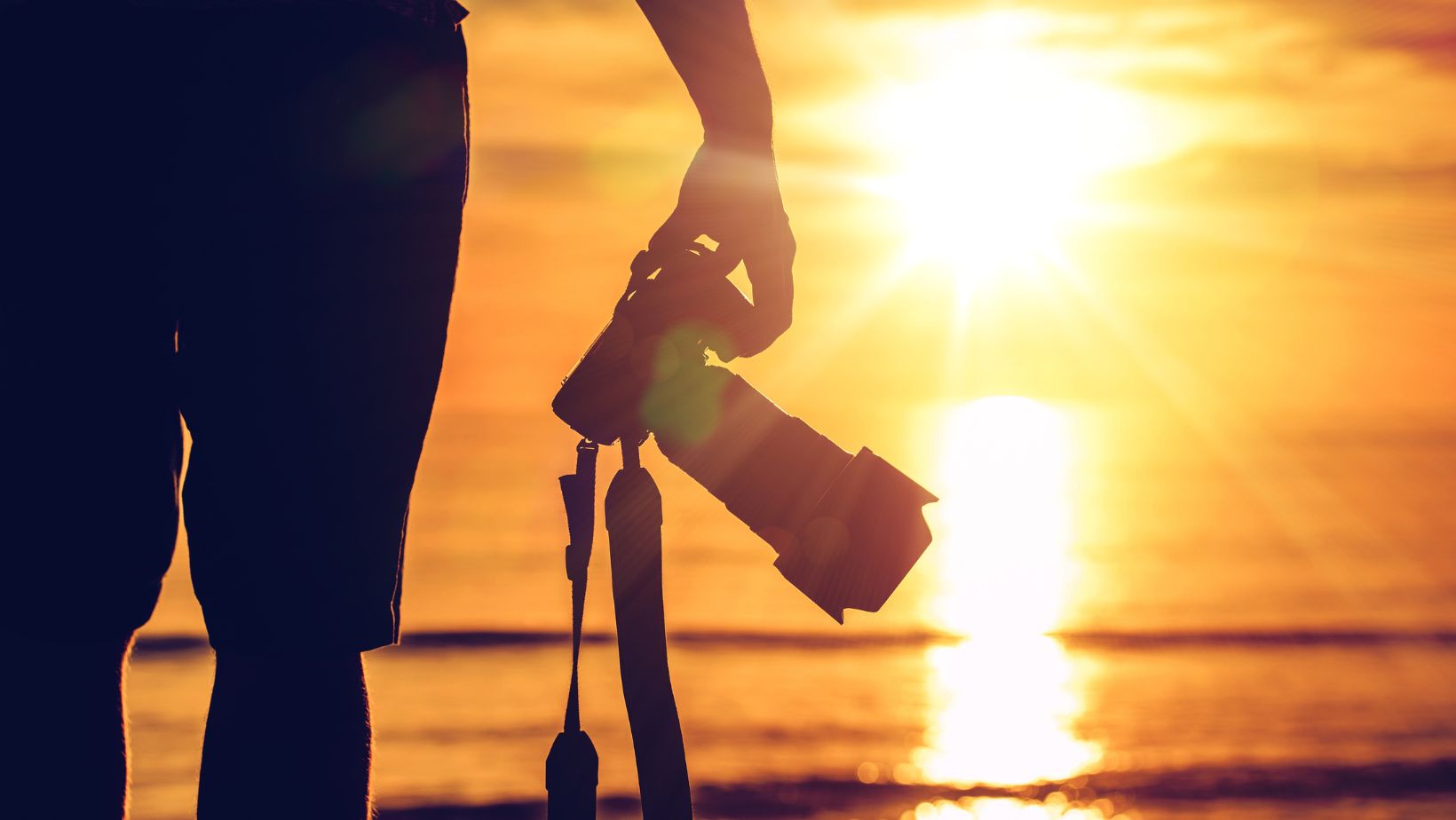
At first, this can feel slow or challenging. But many photographers find it rewarding. It forces them to slow down and think about their composition. The result? A deeper connection to their craft.
The Budget-Friendly Advantage
Vintage lenses cost much less than modern ones. Modern lenses can be very expensive, often thousands of dollars. Vintage lenses are a good choice for beginners or anyone on a budget. You can get quality lenses without spending much. Even better, older lenses hold their value well. If you sell it, you can likely get back most of your money.
How to Adapt Vintage Lenses to Modern Cameras
Using vintage lenses is easy. You just need an adapter to attach the lens to your camera. Adapters are cheap and easy to get. Make sure it fits your lens and camera.
Most adapters don’t affect image quality. Some advanced models include features like focus confirmation or aperture control. Once attached, your camera may lose some automatic functions. But the creative possibilities make it worth the effort.
Challenges of Using Vintage Lenses
Vintage lenses have their quirks. Manual focus can be difficult for fast-moving subjects. It takes practice to master. Some older lenses may also lack coatings that reduce flare or improve sharpness.
Compatibility can be another issue. Not all vintage lenses work seamlessly with modern cameras. Certain adapters may cause vignetting or limit focus range.
Maintenance is also important. Vintage lenses can have dust, fungus, or scratches. Always inspect a lens before buying. Even with these challenges, many photographers feel the benefits are worth it.
Why Vintage Lenses Are Perfect for Video
Filmmakers love vintage lenses too. Modern cinema lenses are incredibly sharp and precise. But sometimes, that’s not the desired look. Vintage lenses add softness and character that suit storytelling.
Many vintage lenses have smooth focus rings. This makes them ideal for manual focus pulls. Some filmmakers use old lenses for a retro look. As more people make independent films, these lenses are getting more popular.
The Sustainability Factor
Using old lenses is good for the environment. Making new lenses uses a lot of energy and rare materials.

Using vintage lenses helps reduce waste and protect the planet. It’s an easy way to be more sustainable. Plus, it feels good to give an old lens a new purpose.
Building a Vintage Lens Collection
Collecting vintage lenses can become a hobby. It’s exciting to look for rare lenses. You can find them at flea markets, online, or in special stores. Each lens has its own story.
Some collectors focus on specific brands or mounts. Others look for lenses with unique characteristics. Over time, you’ll start to see how great these classic lenses are..
How to Get Started with Vintage Lenses
It’s better to start with a simple lens when you’re first starting to experiment with vintage lenses. Research common models like the Helios 44-2 or Canon FD series. These are affordable and widely available.
Invest in a quality adapter for your camera. Read reviews to ensure compatibility. Once you have a lens, experiment with it. Try out its sharpness, background blur, and colors.
Modern Innovations Inspired by Vintage Lenses
The influence of vintage lenses extends beyond their time. Some modern lens manufacturers draw inspiration from classic designs. For example, they recreate older optical formulas or add similar aesthetic touches.
Lens makers also study the imperfections of vintage glass. This helps them design lenses that balance sharpness with character. In this way, vintage lenses continue to shape the future of photography.
